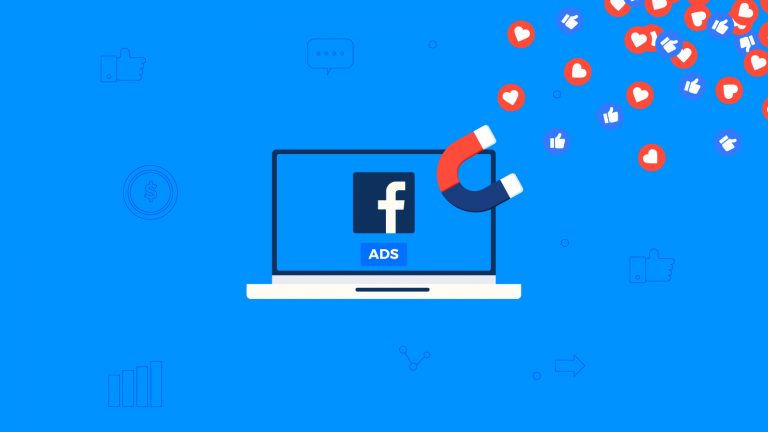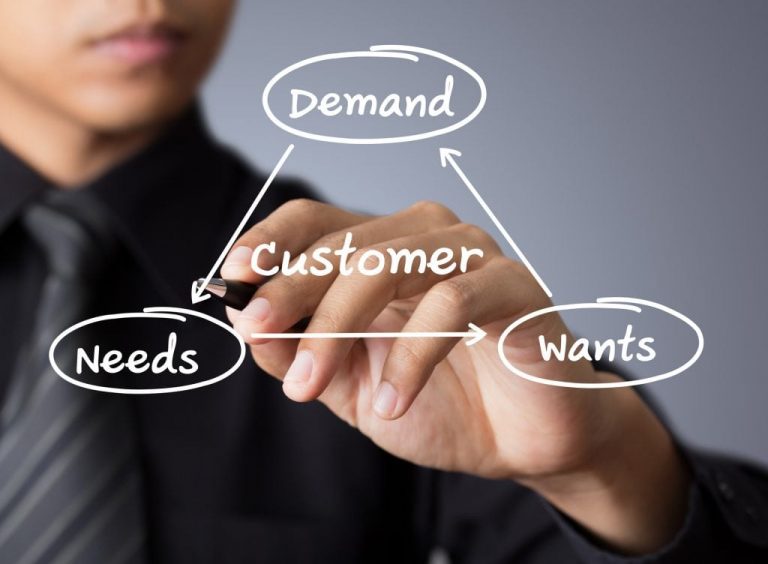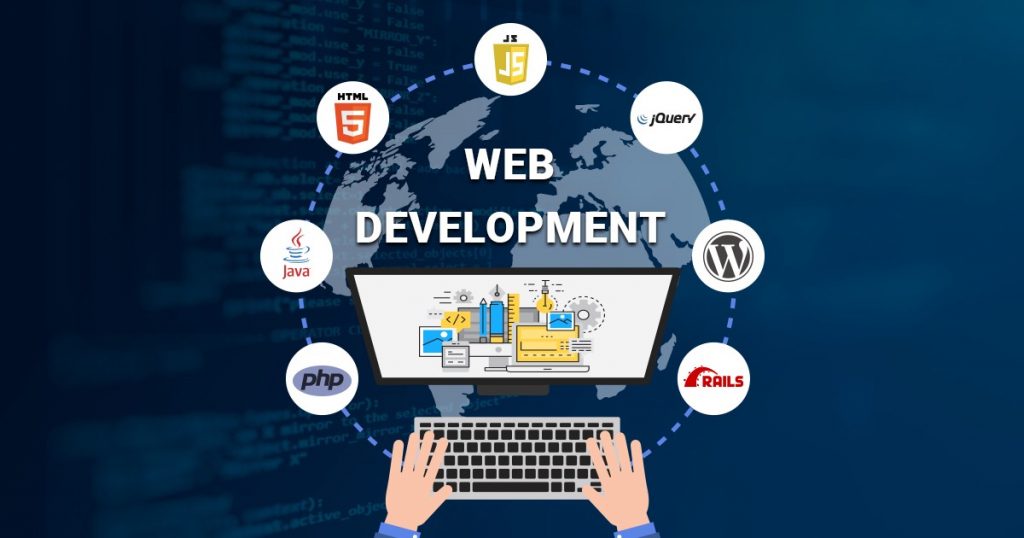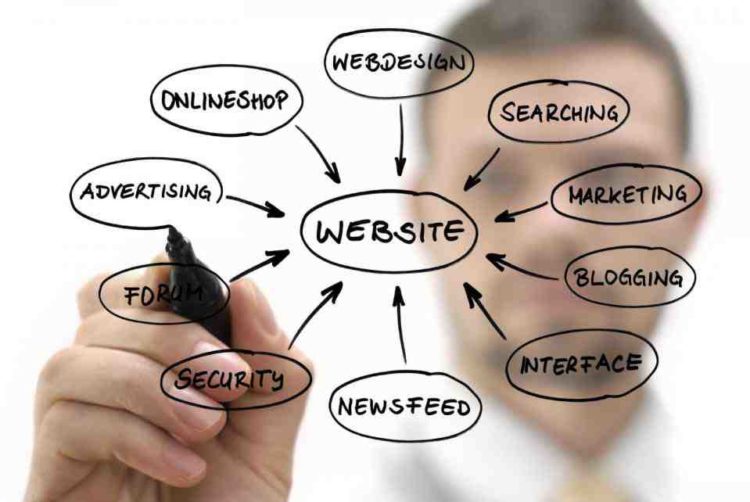5 Ways to Use Facebook to Generate Leads
5 Ways to Use Facebook to Generate Leads

Every good business owner understands the importance of incoming leads to their company’s growth. The only way to grow your business is to increase sales, and the only way to increase sales is to convert more leads into paying customers. That means you’ll need to produce more leads in order to expand your business. Advertising on Facebook is a good place to start if you want to generate a steady supply of leads for your company. We’ll go through 5 amazing strategies to create leads utilising Facebook in this article, so you can gain more customers for your business.
What is the Value of Lead Generation?

Creating leads isn’t the most difficult endeavour. Expertise is required when it comes to generating leads that convert into paying clients and have a high conversion rate. Most entrepreneurs and company owners nowadays use a variety of social media channels to generate leads for their companies. One of the most effective ways to approach customers and communicate with them directly is through social media platforms.
As a business owner, you must employ clever techniques in order to generate more leads for your company. You should have a good understanding of how to use social media platforms to advertise your business in various ways.
Facebook and Lead Generation

Facebook has been identified as the most effective channel for generating leads across all social media networks. You can connect with more consumers on Facebook than on any other channel.
People may not have an Instagram or Twitter account, but finding someone without a Facebook account in this day and age is uncommon among this internet-based youth. Furthermore, Facebook’s engineering team is always working to make the network an appealing destination for marketing and commercial promotions.
According to recent studies, Facebook is a superior alternative for generating more leads and increasing revenue than other social media platforms. If you’re not aware with Facebook lead generation tactics, we’ll go over a few key topics below:
What are the 5 Best Facebook Lead Generation Strategies?
1. Identify your target Audience

Because Facebook is an open platform, a wide range of individuals will view your page. You must first establish your target demographic before creating an official Facebook page for your company.
Your official Facebook business page should have material targeted at your target demographic, as well as a showcase of all of your company’s unique features and services.
Make intelligent use of your page to promote your brand so that your target audience finds your material beneficial. Make a case for why your services are superior to those of your rivals. This is a good method to get started with Facebook in terms of producing leads and inbound inquiries.
2. Be aware of your customers' desires

You should consider what your clients and visitors to your page would desire to get out of their visit. The only method to attract potential consumers is to provide intriguing content. Posting less interesting or unrelated material will not help you connect with and reach more people on Facebook. Your Facebook profile should show off your services and what your company has to offer.
This gives your visitors a clear picture of what your company offers and why they should select you. These information will lure more people to your marketing and increase your lead generation opportunities. As a result, you should provide material that is tailored to your target audience.
3. Make your Page More Interactive
Interacting with guests and addressing their inquiries will help you both immediately and in the long run. Allow visitors to ask inquiries about your services immediately in your messenger inbox or in the comments sections of your posts. To convert your website visitors into potential clients, you must make every effort to respond to all inquiries promptly. Customers prefer interactive pages over non-interactive ones, according to statistics. Make an effort to establish a positive connection with guests and gain their trust.
4. Make the Most of Facebook's Features

Facebook launched lead advertisements in recent years. Posting lead advertising straight from your Facebook page is a great method to grab people’s attention while they’re browsing the site and collect their information. If you don’t put up too much barrier and ask too many questions, you can collect a prospect’s data and information using a lead form on Facebook. Simply start a discussion with them, or give them something in exchange for their email address, such as a free e-book. This lead generating function also allows you to personalise your queries in order to learn more about your visitors.
Another essential tool that you should add to your website is Facebook Pixel. Using this analyzer tool, you can keep track of the actions on your Facebook page. This tool aids in determining how visitors engage with and behave on the website. As a result, you may use Facebook to develop new techniques for increasing the amount of leads for your company.
5. Lead Your Customers to the Main Site
You must remember to provide a link to the main site when running a Facebook advertisement marketing your business.
To attract the attention of potential clients, each Facebook advertisement you publish should include detailed information about your services and offers. You should also add a link to your main website in the post, since this will improve traffic to your site. You may lead your consumers in the appropriate route by adding a link to the main website.
Conclude
These are the 5 tried-and-true methods for generating more leads from Facebook. When you effectively promote your brand or company on Facebook, your chances of gaining more clients will skyrocket.
Using Facebook to generate leads may dramatically improve the number of incoming inquiries.
Naturally, your website will begin to receive more visitors as a result of your Facebook ads. Inevitably, the quantity of inbound inquiries will rise. As a result, you must learn to effectively use Facebook as a lead generation tool.






















